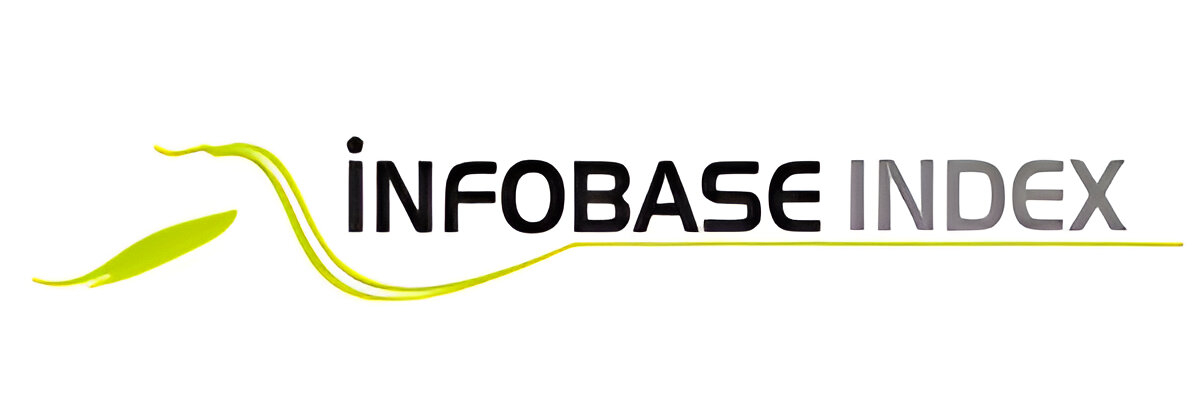SEISMIC ASSESSMENT AND RETROFIT STRATEGIES FOR 16TH-CENTURY HISTORICAL STRUCTURES IN NORTHERN INDIA
Keywords:
Retrofitting, CFRP Sheets, Seismic Assessment, Historical Structures, Stress Reduction.Abstract
This study explores the effectiveness of targeted retrofitting measures on the Yavuz Selim Mosque, an Ottoman
structure facing significant structural challenges. The mosque's main dome exhibited critical issues such as
tensile stresses and cracking, worsened by recent seismic events. The retrofitting strategy, involving the
application of CFRP sheets and steel rings, successfully addressed these issues, resulting in up to a 65%
reduction in stress levels and improved stress distribution. Dynamic analysis using historical seismic data
confirmed the retrofit's efficacy, showing reduced stress concentrations and enhanced stability under both
gravity and earthquake loads. These interventions not only resolved immediate structural vulnerabilities but
also supported the mosque's long-term preservation. The findings underscore the importance of integrating
modern materials with traditional construction techniques for preserving heritage buildings. This case study
offers valuable insights for similar projects, emphasizing the need for comprehensive seismic assessments and
innovative retrofit strategies to ensure the resilience of 16th-century historical structures in seismically active
regions.











